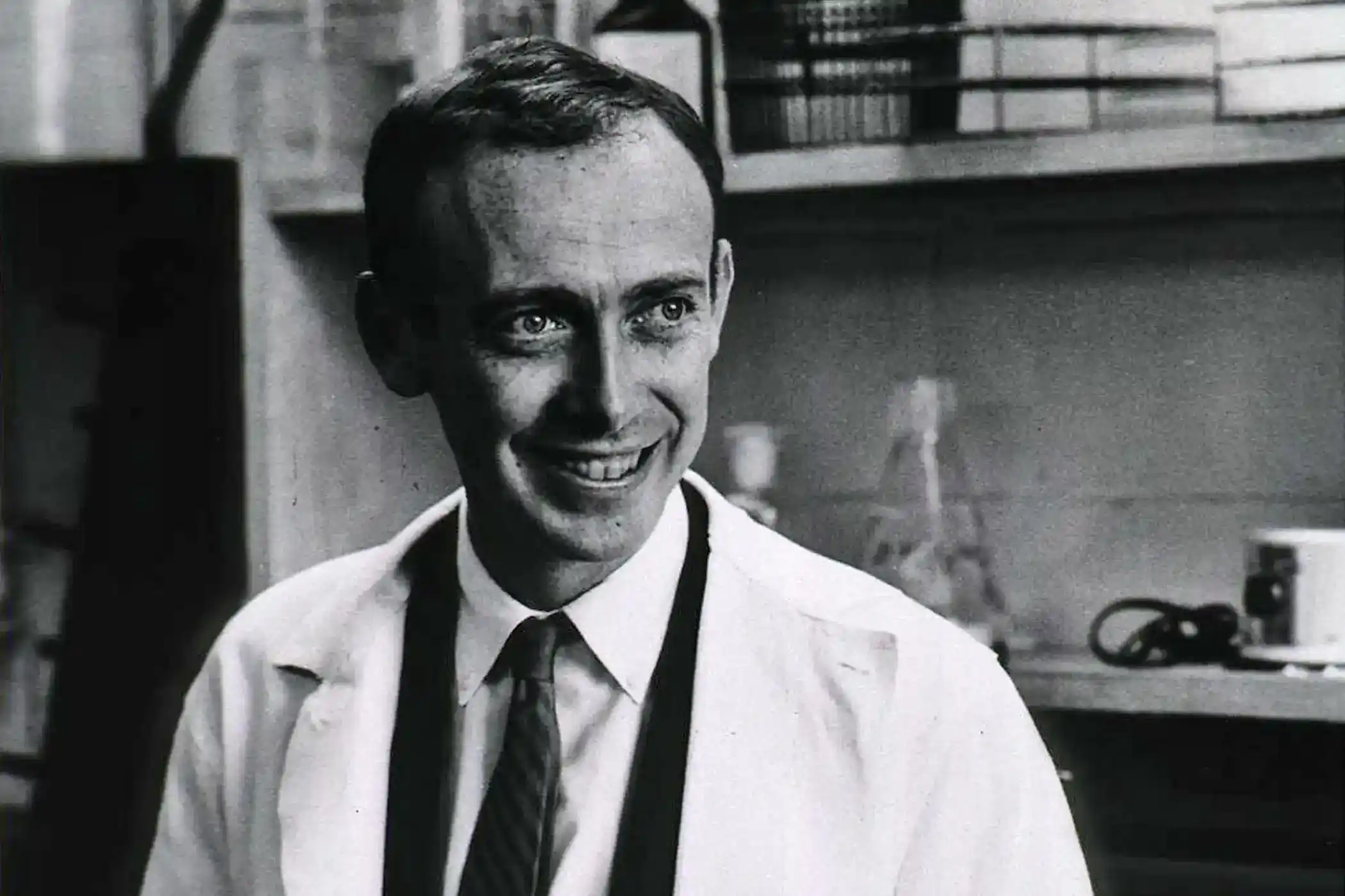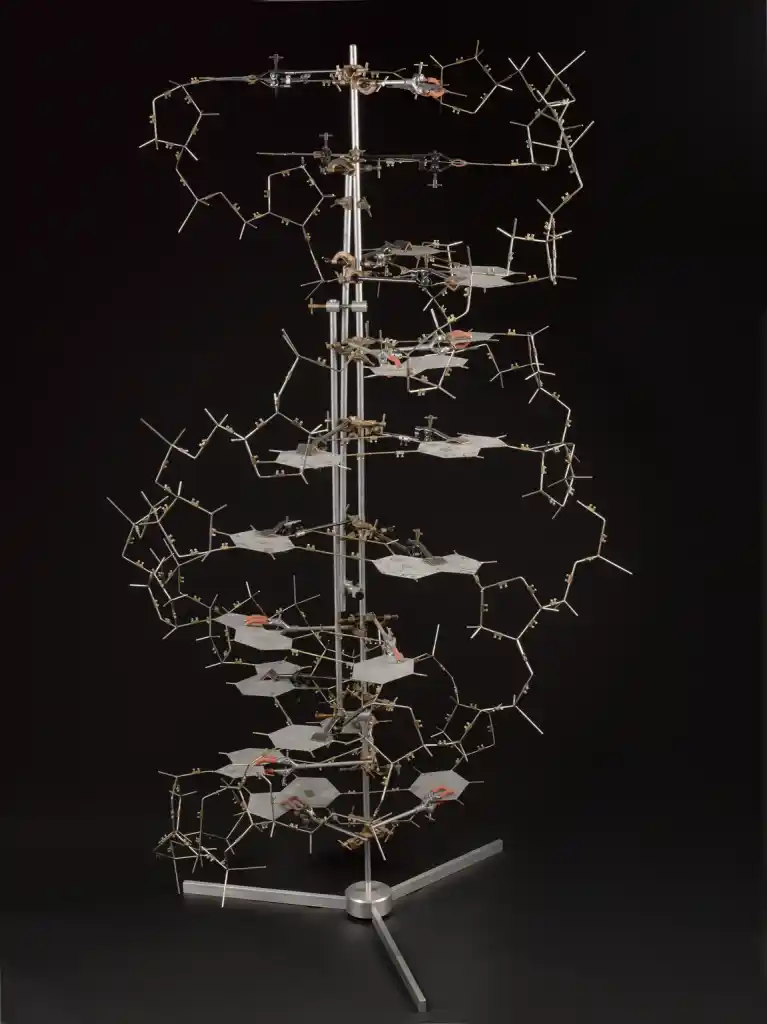

Esteemed American geneticist who worked with three other scientists to form what we now know at the DNA double Helix.

Born: April 6th, 1928 | Died: N/A
James Watson, an american geneticist, was one of four scientists that worked post-World War Two to enable us to be able to see what DNA looked like, and was one part, along with Francis Crick, to create a replica model of the DNA double helix structure. This structure can now be seen in the Science Museum in London.
James Watson graduated from the University of Chicago in 1947 gaining a degree in Zoology, and studied viral research, similar to that undertaken by Oswald Avery. Watson was convinced that there was a need for a gene to be fully understood after something was known about nucleic acid molecules. His research into this found him going to Cambridge University in England to view and help with the photographic patterns being made by other scientists (one Rosalind Franklin) made by X-rays shot through protein crystals.

Whilst his research with Crick was first based on the tobacco mosaic virus, it made no impact on his work on DNA. It wasn't until the spring of 1953 that he made the discovery that there were four essential DNA components in the form of bases, and that they were specifically linked as a pair. This then led to the construction of the double helix structure we know of today.
After this discovery, Watson returned to America, where he was a professor at Harvard University, between 1955-76, where he served as professor of biology. His research there involved how nucleic acids reacted with the synthesis of proteins. He released a book in 1965, titled Molecular Biology of the Gene, which is now one of the most used modern biology texts. He also wrote a personal account of his DNA discovery and the roles of the people that worked on it, called The Double Helix in 1968.
Watson has since release another book, titled The DNA Story, in 1981, and his work has also included research into cancer. Watson was one of the scientists heavily involved with the Human Genome project, and directed it until he later resigned due to alleged conflicts of interest with his investments in private biotechnology companies.
During the early parts of 2007, Watson released his own personal genome onto the internet, after having his genome sequenced. He was the second person in history to have his DNA sequenced in full.
In 1962, Watson, along with two other scientists named Francis Crick and Maurice Wilkins, received the Nobel Prize for their work on the DNA double helix. While Rosalind Franklin was also present in their efforts, she was not allowed to be entered for a Nobel Prize due to cultural appropriation at the time not allowing women to be recognised.
Disclaimer | About Me | Sitemap
Website design by SyntaxHTML.



Blue icons adapted from icons courtesy of Smashicons.com